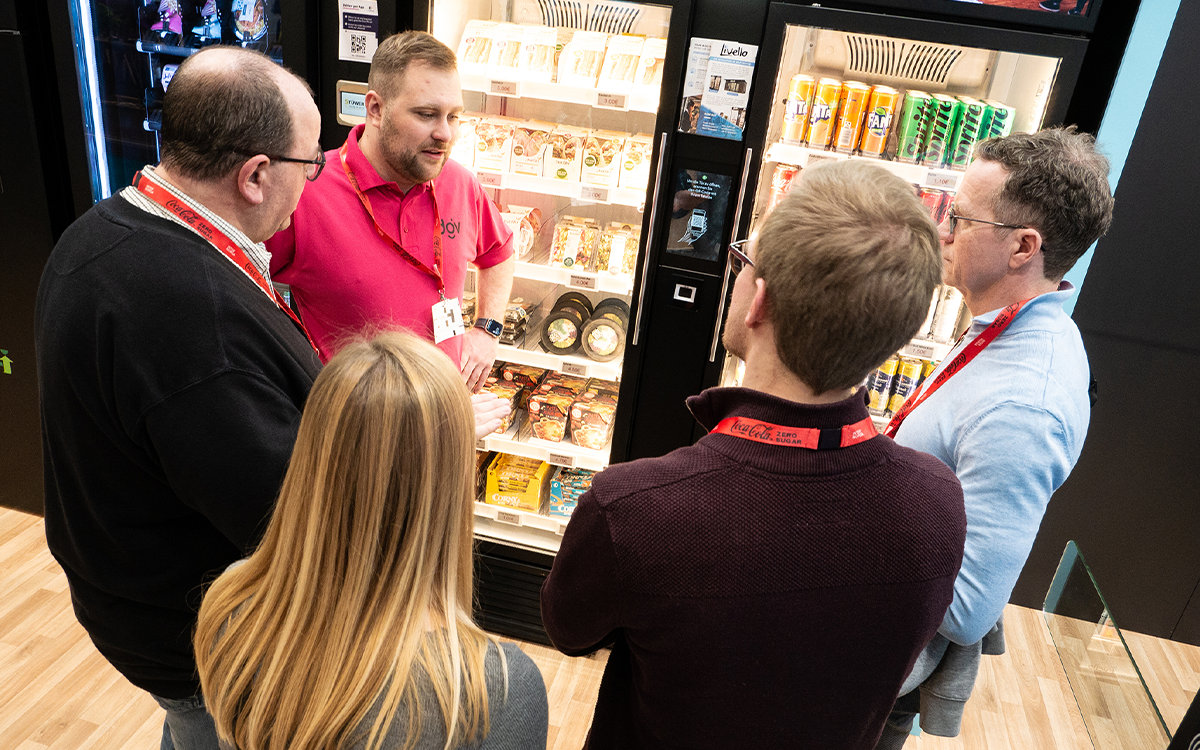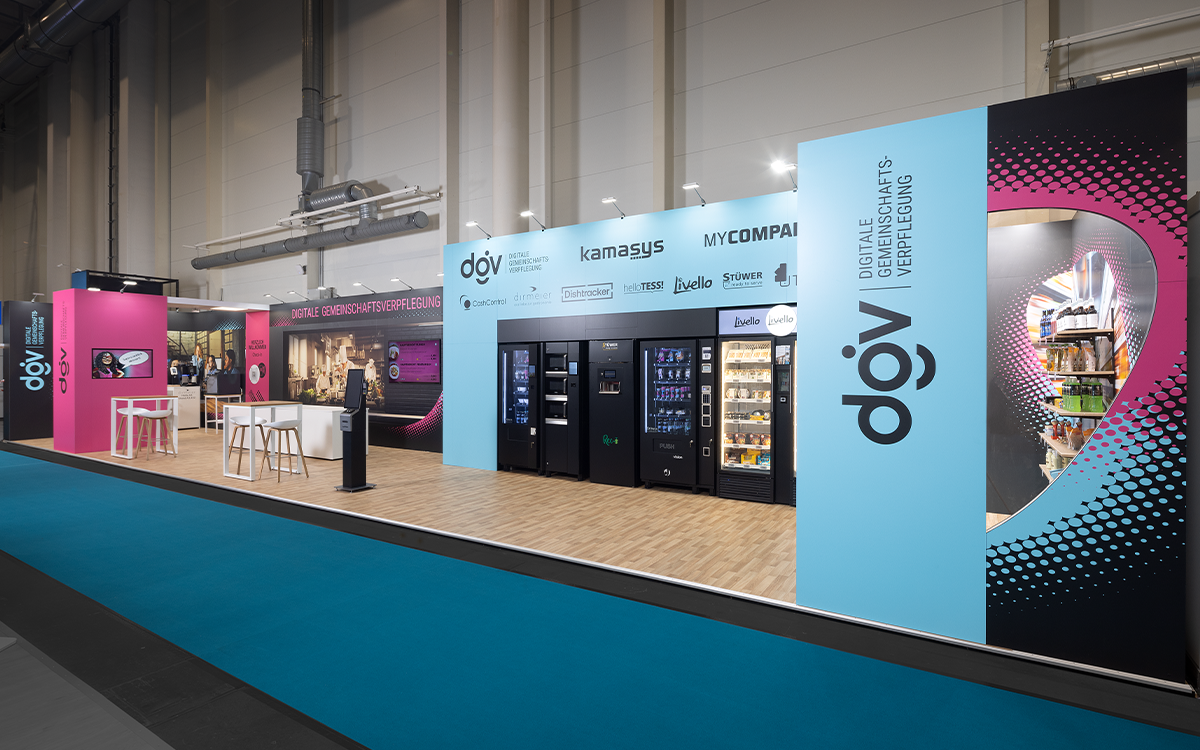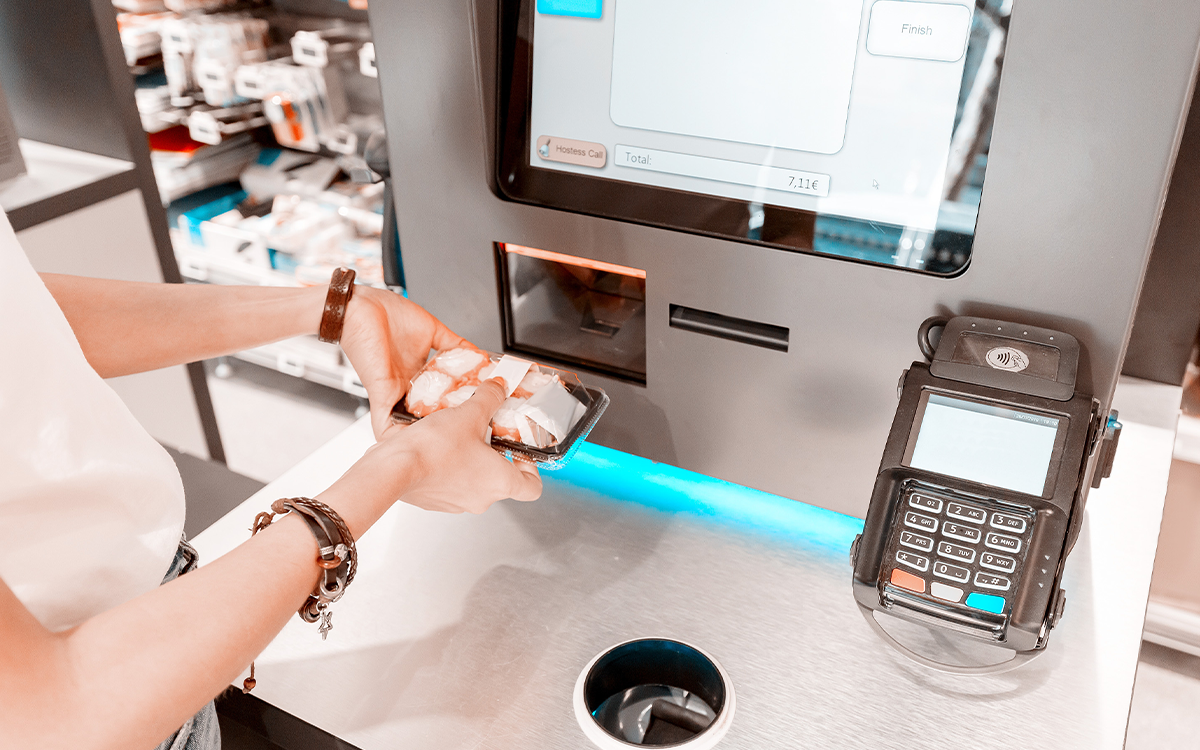The impact of the Corona pandemic continues to be felt in the foodservice industry. Two key challenges have emerged in particular over the past two years.
An acute shortage of personnel, which affects the efficiency and quality of the services offered. This is because there is an increasing shortage of temporary staff in addition to skilled workers. On the other hand, the number of guests in company restaurants has fallen since the pandemic. The reason: the increased use of home office and flexible working models.
Coping with these increasingly difficult situations requires innovative approaches to win back guests and ensure the future viability of the catering facilities. What are the solutions and opportunities for the mass catering industry?
Shortage of skilled workers in the catering industry
The shortage of skilled workers is one of the most urgent challenges facing the mass catering industry. This problem was exacerbated by the Corona pandemic: during the lockdown, many company restaurants and canteens had to close temporarily or severely curtail their operations. This led to employee layoffs and uncertainty in the industry. Many qualified professionals sought other employment opportunities, further tightening the supply of skilled workers.
Qualified employees - from cooks to service staff to kitchen personnel - are becoming increasingly scarce. The reasons are many: In addition to the effects of the pandemic, the image of the industry is often not sufficiently attractive to attract young talent. On the other hand, demographic change is ensuring that experienced specialists are retiring and there is a shortage of young talent.
This bottleneck affects the performance of company restaurants and canteens, leads to longer waiting times, reduces the variety of offerings and can have a negative impact on customer satisfaction.
But how can the problem be solved or at least mitigated? The challenges of the pandemic have also shown how important it is to increase the attractiveness of the profession in mass catering. There are opportunities here by specifically addressing the needs and expectations of employees. Flexible working time models, fair wages, better working conditions and attractive development opportunities can help to retain skilled employees in the long term and recruit new ones. The focus should be on developing the company as an attractive employer brand.
Moreover, new technologies offer additional opportunities: Keyword service robots. These relieve existing service personnel of the burden of carrying heavy dishes and reduce the walking distances of "human" colleagues - advantages that should not be underestimated and that contribute to the employer brand.
Declining guest numbers due to home office and new work models
The Corona pandemic has also led to a significant increase in home offices: Many companies have encouraged their employees to work from home. At the same time, some regions have also introduced restrictions on food service, such as closures or capacity limitations. In addition, many people have given up eating out for safety reasons, opting for alternative options such as bringing meals from home or using delivery services. This led to a drastic drop in the number of diners at company restaurants.
Even though home office obligations and capacity restrictions are a thing of the past, this has led to an increasingly flexible working environment, which means employees are no longer on site all the time - and consequently do not visit the company restaurant as often.
This also opens up opportunities. However, restaurateurs need to be flexible and adaptable in order to develop new business models and accommodate their guests. Options would be, for example, delivery options or the provision of meals for the home office.
Opportunities and possibilities
Despite the current challenges, there are also numerous opportunities and possibilities in the mass catering sector to counteract the shortage of skilled workers and to boost guest numbers again - resignation and despondency are out of place:
- Increase attractiveness: To counteract the shortage of skilled workers, the industry should present itself as an attractive employer. This includes targeted marketing and recruiting campaigns, attractive compensation, opportunities for advancement, and relieving the burden on staff through digital solutions.
- Promote training and continuing education: It is essential to attract young talent to the industry and train them appropriately. By promoting training programs and continuing education opportunities, the attractiveness of mass catering as a career path can be increased and the competence of employees strengthened.
- Diversify offerings: To win back guests, focus on customers' individual needs and preferences. Introducing healthy, varied menu options tailored to special dietary needs, delivery options and/or home office meals can help attract new audiences and increase customer satisfaction.
- Leveraging digital solutions: Digitization offers opportunities to improve efficiency and service quality. Online ordering systems, mobile apps for (pre-)ordering and paying for meals, and digital feedback options can offer guests a user-friendly and contemporary experience. In addition, pre-ordering increases the ability of restaurateurs to plan in terms of anticipated demand.
-
Conclusion: Innovative solutions lead through difficult phase
The Corona pandemic has had a major impact on the mass catering industry, particularly in terms of the shortage of skilled workers and guest numbers - challenges that must be overcome even after the pandemic situation has subsided and which still require a great deal of effort.
At the same time, there are also opportunities for innovation and growth: positive enhancement of the employer brand and the industry, investment in training and further education, diversification of the range of products and services, and broad-based digitization in company restaurants are ways and solutions to adapt to the changing needs of customers, create added value, and counter the shortage of personnel. With a spirit of innovation and courage, the challenges can be overcome and catering establishments can successfully survive on the market.


